
Mount Kilimanjaro Myths: Chagga, Maasai, and Pare
Table of Contents Kilimanjaro Myths, Spirits & Tribes: Chagga, Maasai & Pare | Kili Quests Mount Kilimanjaro is not only Africa’s tallest peak —
Whether you’re drawn to it for the adventure, the scenery, or its cultural importance, here’s why Kilimanjaro earns its legendary status among global travelers.
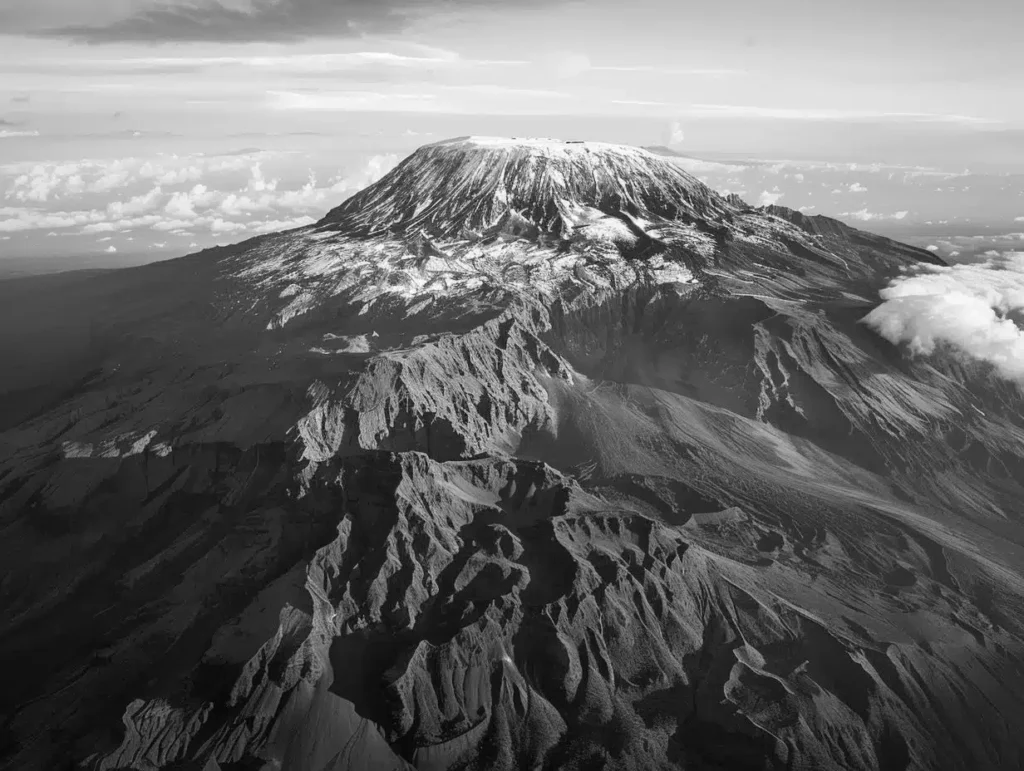
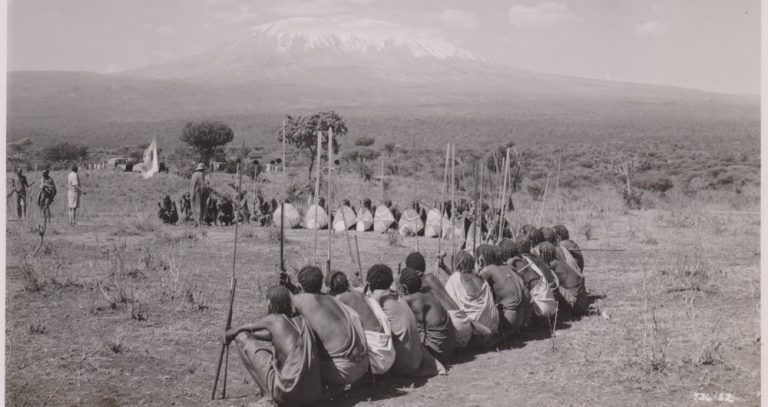
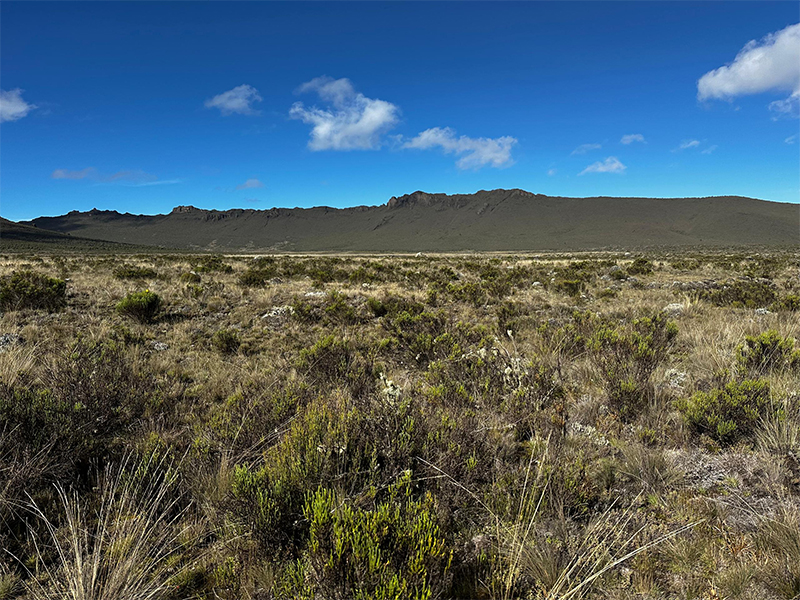
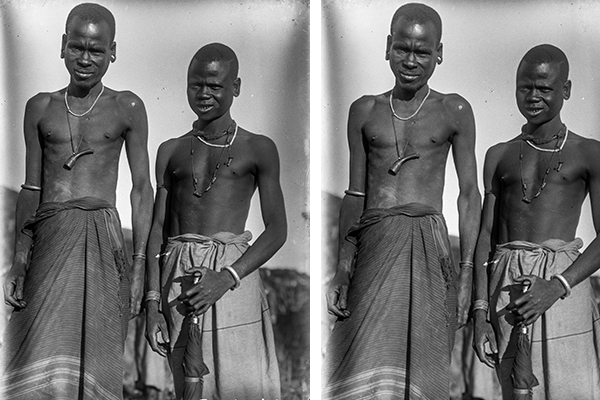
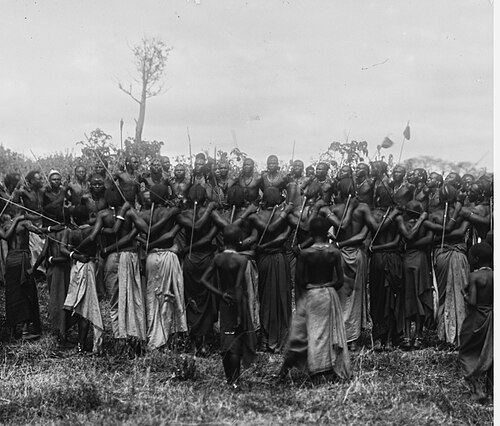
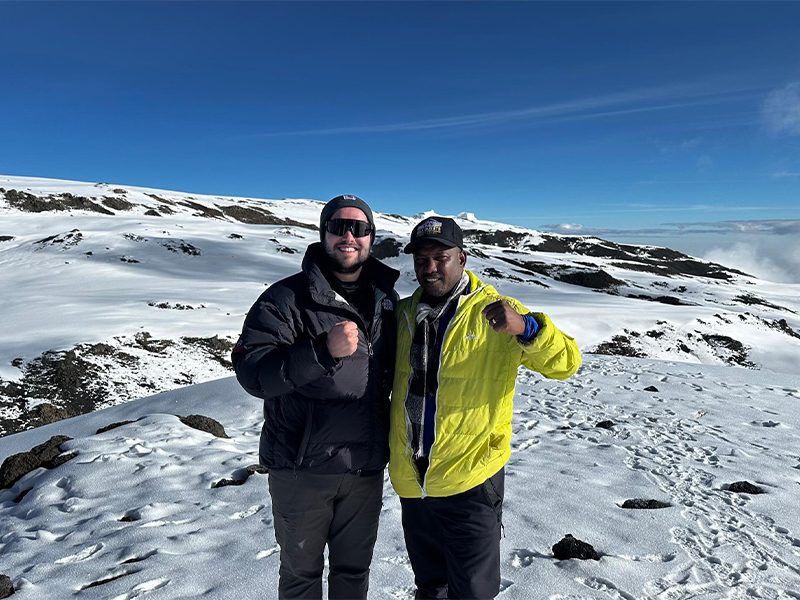
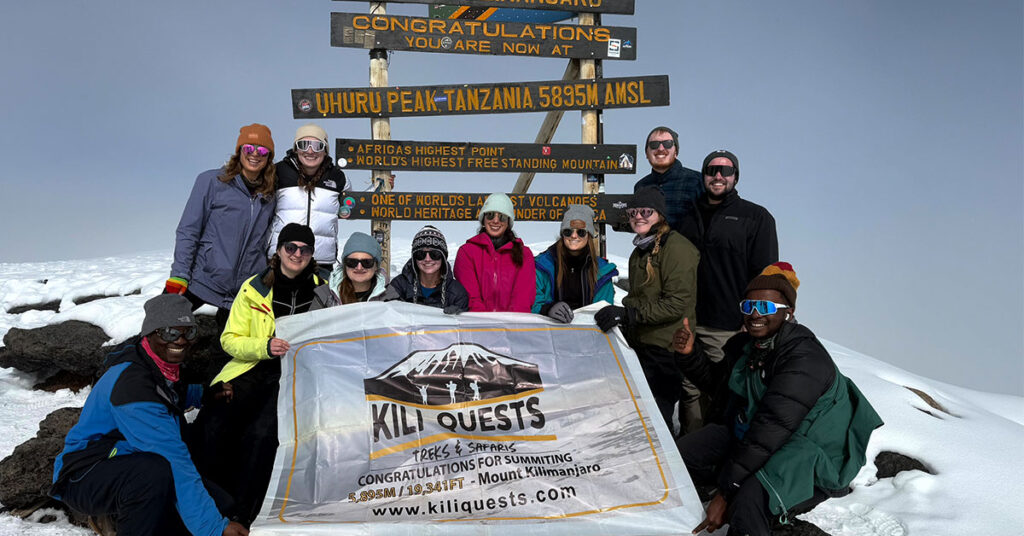
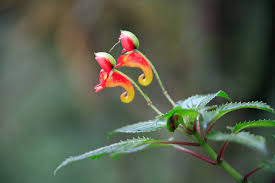
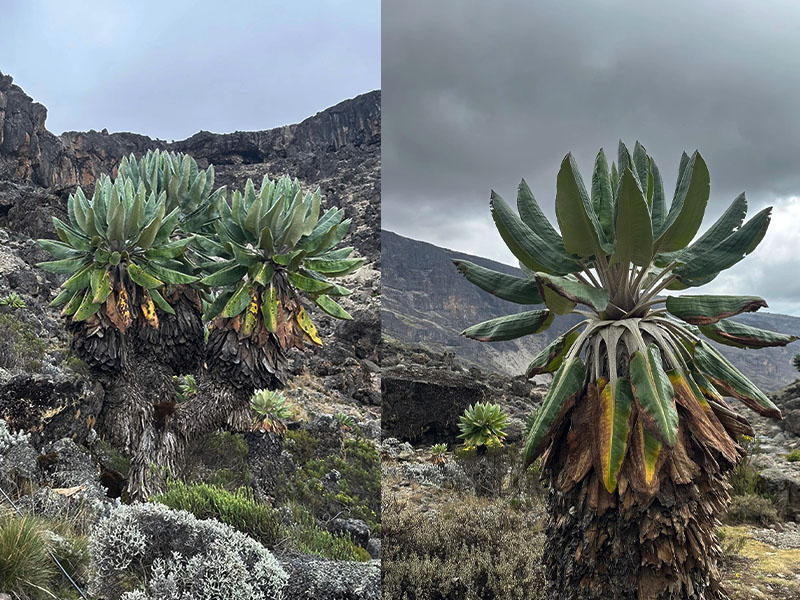


Table of Contents Kilimanjaro Myths, Spirits & Tribes: Chagga, Maasai & Pare | Kili Quests Mount Kilimanjaro is not only Africa’s tallest peak —
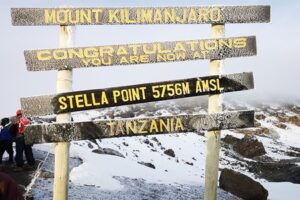
Table of Contents Why Is It Called Stella Point? The Story Behind the Name | Kili Quests On your final push to the summit of

Table of Contents Mount Kilimanjaro’s Ecological Zones Explained | Kili Quests Mount Kilimanjaro is not only Africa’s tallest peak — it’s a vertical world
@2025 Kili Quests. All rights reserved.